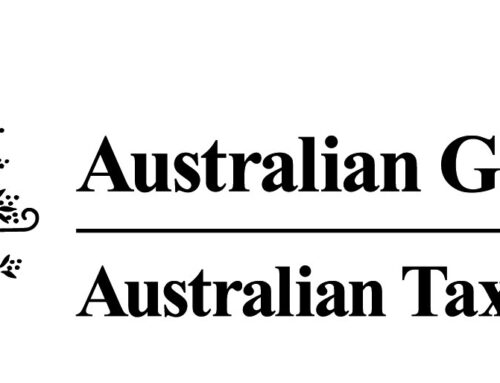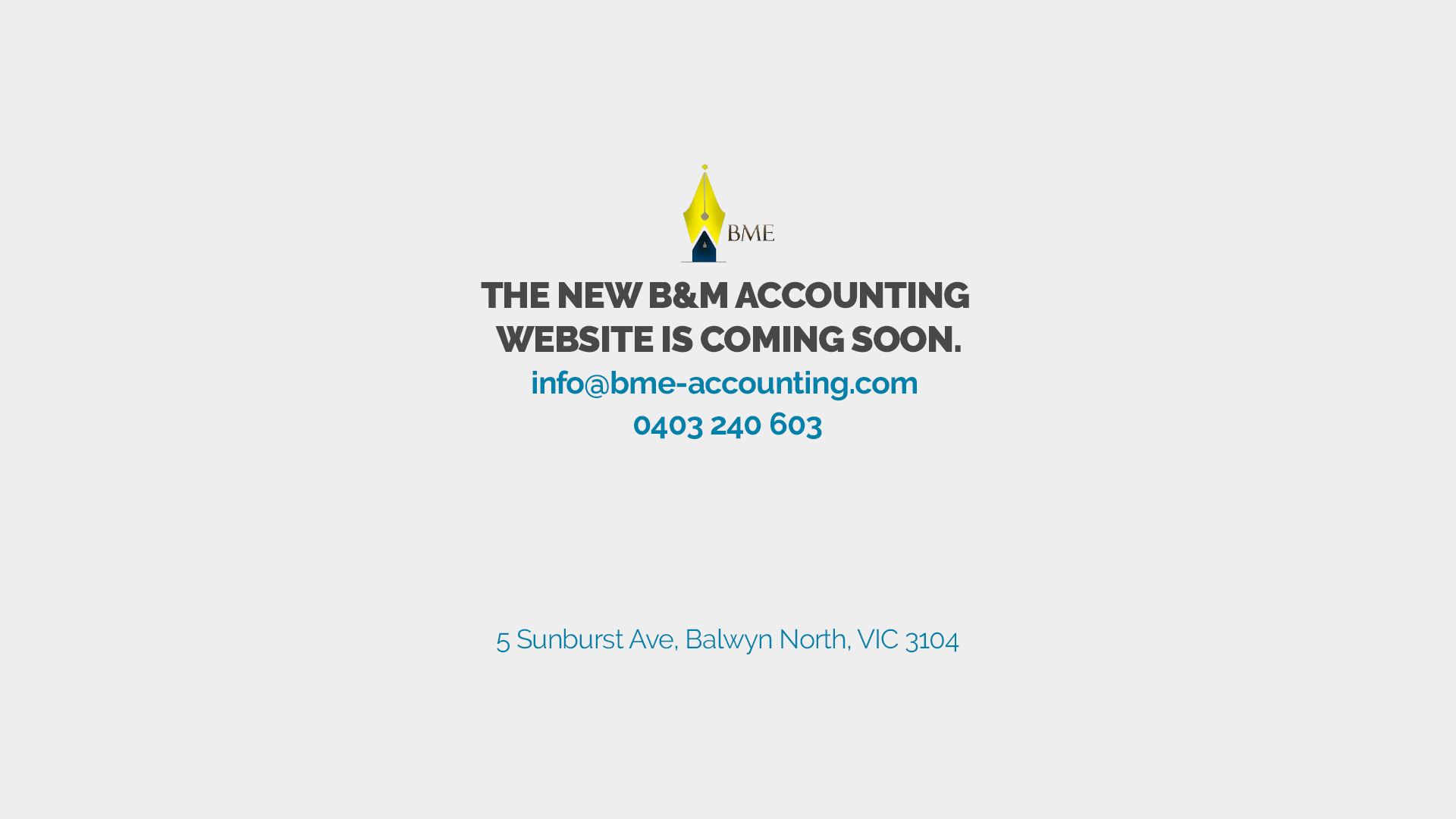In simple terms self-managed superannuation funds (SMSF) are for people who want to take greater control over their super, and essentially for family members or close business associates
In technical terms an SMSF is defined as:
• Having four members or less
• All members must be trustees and all trustees must be members (except for single member funds if a corporate trustee is put in place
• Where the trustee is a company, all members must be directors of the trustee company
• There must be a family relationship between members where a member of the fund is an employee of another member
• Trustees cannot receive any remuneration for their services as a trustee
Setting up a Self-Managed Superannuation Fund
There are a number of trust law and legislative requirements in setting up a self-managed superannuation fund. The service offered by BME Accounting involves the following.
Step 1 – obtaining a Trust Deed
Every SMSF must have a trust deed, which is commonly referred to as the ‘governing rules’ of the fund. It provides the documentary evidence of the existence of the SMSF and establishes the rules of the fund. In setting up a fund for you we will need to decide on a name, it can be anything even “the live long and prosper” super fund, and we also require all the members personal details.
Step 2 – Appoint Trustees
All the superannuation funds are required to appoint trustees. Trustees are responsible for ensuring the fund is properly managed and complies with the Superannuation Industry (Supervision) Act (SIS) rules and other legal obligations. Trustees can either be individuals or a company. It is our experience that it is best to have a company as trustee as:
• There is a clearer difference between assets and investments owned by the SMSF and its members, and
• In the event of the death of a member no extra work is required for the SMSF to continue.
Depending on your choice we either have a company formed to act as your trustee or show your names as trustees on the deed.
Step 3 – Tax and other registrations
The fund must elect to be ‘regulated’ under SIS act. As a part of this process it must also have a tax file number and an ABN. As part of setting up your fund we make all of the required applications on your behalf.
Step 4 – Set up a Cash Management Trust for the fund
An SMSF needs a bank account to operate. Experience has shown us that the best account to use is a cash management account. Although the major trading banks offer these accounts we have found that those offered by the second tire banks pay a higher interest.
Step 5 – Administration of the fund
There is a certain amount of paper work, accounting and administration involved with having an SMSF. You can choose to do as much or as little of this yourself. We offer an all encompassing service that looks after all of the accounting and administration for a fund. This includes ensuring the fund meets all of its statutory and tax obligations, including the following:
Investment strategy for an SMSF
The trustees of every SMSF are required to prepare and implement an investment strategy for the superannuation fund. The strategy must reflect the purpose and circumstances of the fund and consider:
• Investing in such a way as to maximize member returns having regard to the risk associated with holding the investment;
• Appropriate diversification and the benefits of investing across a number of asset classes (e.g. shares, property, fixed interest) in a long term investment strategy; and
• The ability of the fund to pay benefits as members reach retirement and other costs incurred by the superannuation fund
An Appropriate investment strategy will set out the investment strategy will set out the investment objectives of the fund and detail the investment methods the fund will adopt to achieve these objectives.
Trustees must make sure all investment decisions are made in accordance with the documented investment strategy of the fund and should seek professional investment advice and appoint an investment manager in writing.
General Responsibilities of SMSF Trustees
Amongst other things, SMSF trustees have a responsibility to:
• Act in the best interests of fund members
• Keep the assets of the fund separate from other assets
• Retain control over the fund
• Keep members advised of all significant matters
• Develop and implement an investment strategy
Other related responsibilities
In addition, trustees are responsible for:
• Selecting investments for inclusion in the strategy that are consistent with the fund’s objectives.
• Monitoring on an ongoing basis whether investments remain consistent with the investment strategy.
• Monitoring on an ongoing basis whether the investment strategies remain appropriate for the fund; and
• Keeping the member/s informed of changes to investment objectives and strategies
Investment restrictions
Super funds are not permitted to purchase investments and assets from members. The main exceptions being publicly traded investments, such as shares, and commercial property. In addition a super fund is limited to purchasing investments allowed under its investment strategy.
The investment and review service offered by BME Accounting assist you in making the right investments that provide a good mix of income and capital growth. Where possible we will recommend direct investments or wholesale investments that maximise the investment returns of the fund.
Potential Benefits of Establishing an SMSF
• Ability of actively participate in the management of the fund, including the feeling of safety and satisfaction that comes with investing your own retirement savings and acting as trustee of your own fund
• In pension phase no having to deal with faceless bureaucrats when you want to receive an income
• Reduced reporting requirements
• The flexibility to tailor the fund to your own personal circumstances in relation areas such as estate planning. Clients can include family members including the spouse and children in the fund, as long as there are no more than 4 members
• Control over costs that can be achieved by running your own fund
• The ability to reduce the amount of tax paid by the fund by investing in assets that pay franked dividends, and offsetting imputation credits against the fund’s taxation liability.
• The ability to invest in direct assets such as listed share or property and also the opportunity to hold non-traditional assets such as antiques (subject to the fund’s investment strategy)
Possible Disadvantages
• Insufficient cash or assets in the fund can result in ongoing fees being higher than investing in an industry or retail superannuation fund
• The responsibilities associated with taking on the role of trustee may be seen as a disadvantage.
• There is a considerable amount of compliance-related tasks as well as managing and researching investments. If the BME Accounting administration and investment service is used most of this is done by us
• If you ever apply for Centrelink benefits you may need an interim set of accounts to provide the required information.





